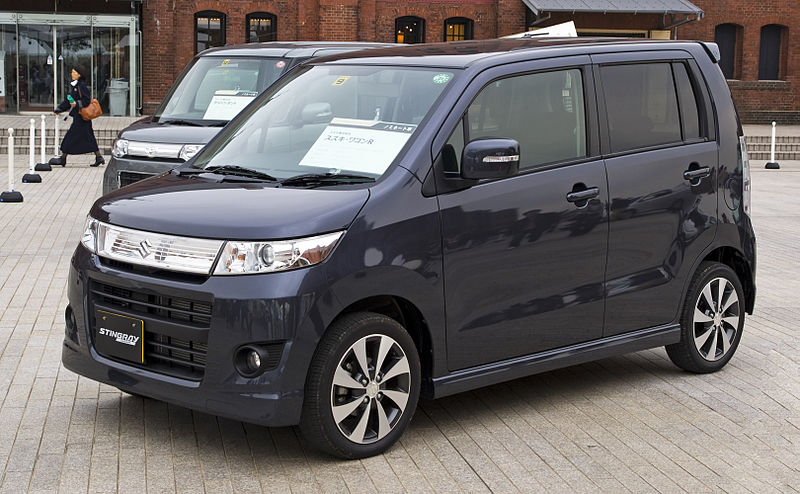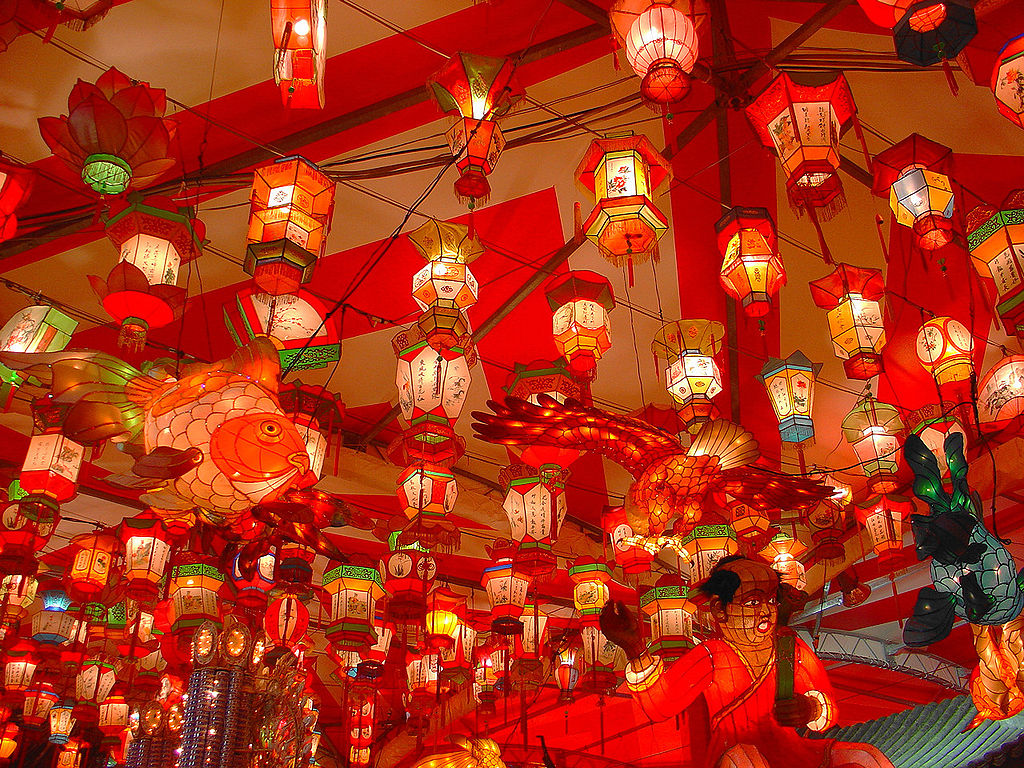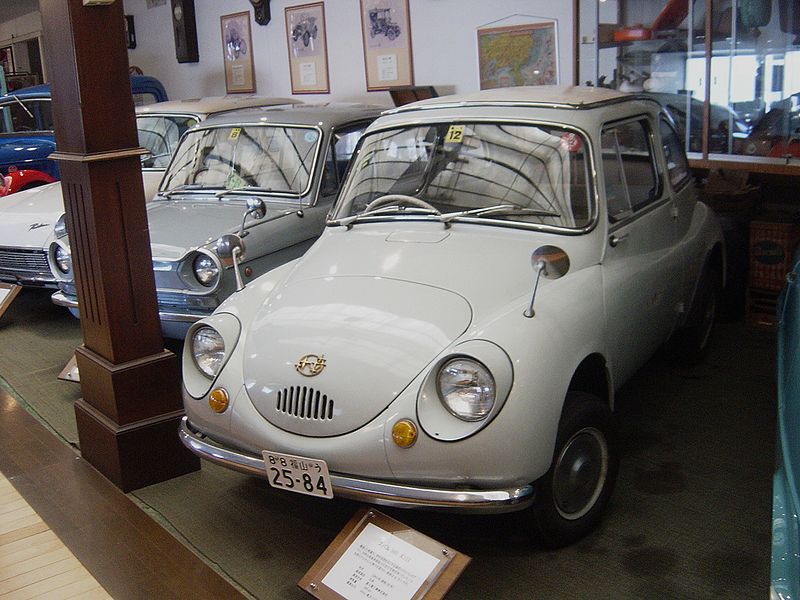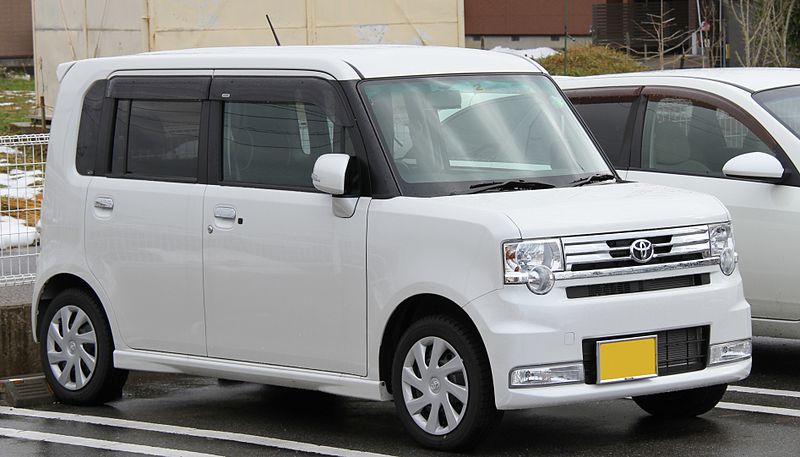
Japan has been known to be a country of compacts. Most modern apartments in Japan, especially in the urban cities like Tokyo, are really small. Streets and roads, even the major ones, are also so narrow that one would think how two cars, going the opposite ways, and a bike lane can fit on it. Soon, everything may be so compact that things will now fit inside a small capsule, just like in the manga Dragon Ball.
However, there had been some compact items made in the Land of the Rising Sun, that has not only conquered the Japanese automotive industry, but also the world. Yes, when it comes to automotive, Japan is not just a bit player. And Japan’s compact cars, or more popularly known as Kei Cars, has moved their way up to the top of the car ladder, bit by bit too.
Micro-car
Japanese Kei Car, which literally means “light automobile,” is a small vehicle that is also a passenger car. This type of automotive car includes micro vans, trucks, and pick-up trucks. The Kei Cars are often made with forced-induction engines, automatic and CV transmissions, four-wheel drives, conditioning, GPS and other features. The car is basically just the same with other automotives, only that they are smaller in size.
Kei cars are very popular in Japan and you can actually differentiate them from others because they usually have yellow license plates.
People in Japan prefer to buy Kei cars so that they can benefit in the tax insurance and insurance regulations. There is a Light Motor Vehicle Tax in Japan wherein the tax on Kei cars are cheaper than regular vehicles.
The Origin of Kei Cars
The Kei car was born after World War II in Japan. The first ever Kei car was made by Nakajima Aircraft Company. After the war, Japan’s economy fell and the Japanese could not afford to buy a full-sized vehicle because of their low income. Because of this, they decided to make an alternative to promote the growth of the local automotive industry. That was the time they created the Kei car.
The first Kei Car was created in July 1949. However, the manufacturers can only make cars with 150 cc four-stroke engines or 100 cc two-stroke engines because the restriction of the motors was quite severe.
Photo by Taisyo. Licensed under Creative Commons.
After a few revisions, the Subaru 360 was the first successful Kei car in Japan. It is 2,990cm long and people named it as “lady bug” because of its shape. Subaru 360 despite its size, can accommodate 4 passengers.
Japan was able to sell over 300,000 Subaru 360 units. This was considered a success story in Japan. The car was even sold in America and was used as an alternative to the Volkswagen Beetle.
The modern Kei Car
As the automotive industry evolves in Japan, the Kei car also goes with the flow of innovation. Kei cars often look similar to each other because of their specs.
In 2009, Mitsubishi motors created and introduced their electric Kei car. It is called the iMiEV or the Mitsubishi Innovative Electric Vehicle. These types of Kei cars should be charged overnight for 14 hours with 110 volts. It was able to run about 99 miles during the Japanese Transport Ministry’s testing routine.
Photo by TTTNIS. Licensed under Creative Commons.
After the release of the iMiEV, other automotive companies also released their own modern Kei cars. The Toyota Motor Corp. released Pixis Space, their first mini car.
In 2016, half of the top 20 best-selling cars were Kei cars. The top selling was the Honda N-Box. Since its debut in 2011, the Honda N-Box was able to sell millions of units for 5 years. Next on the list is the Daihatsu Tanto and coming on the third spot is the Nissan Dayz.
Conlusion:
With all these new Kei Car models made from different automotive companies, the Kei car, though small but terrible, is now making its way to dominate the road and the world.
Sources:
Banner Photo by Hatsukari715. Licensed under Creative Commons.







